Medinet Madi
Authentic desert adventure at Medinet Madi Archaeological site is on a small hill in a strategic position, guarding the South West entrance to the Fayoum about 35 km from Medinet El-Fayoum. The town was called DjA by the ancient Egyptians, during the Greek period it was identified as Narmouthis. A document found here from the ninth century AD mentions Madi, “City of the Past”, as the name of the site.
The Middle Kingdom Temple
The temple is considered one of the most important temples in the Fayoum region due to its reasonable state of preservation and the existence of reliefs on some of its walls and columns. It was dedicated to the triad Sobek (the crocodile god), Renenutet (serpent goddess of harvest) and Horus of Shedet. During the Greco-Roman period it was consecrated to Isis (Thermounis) and Soknopaios.
The temple was originally built in the 12th Dynasty by Kings Amenemhat III and IV. It was restored during the 19th Dynasty. During the Ptolemaic period many additions were made to the Northern and Southern sides of the Middle Kingdom temple. The temple’s inner chambers are made of dark sandstone and are the oldest part of the temple and a rare model of Middle Kingdom monumental construction. A papyrus columned portico leads into a sanctuary with three shrines. The middle shrine once housed a large statue of Renenutet, with Amenemhet III and IV standing on either side of her.
The Graeco-Roman Temple The Ptolemaic extension of the temple included the processional way to the South with lions and sphinxes in both Egyptian and Greek style, which passed through a columned kiosk, leading to the older two columned portico.
Ptolemy IX Soter II probably added three courtyards, along with other elements. The temple contains a few reliefs and hieroglyphic inscriptions.
Coptic texts were uncovered near Medinet Maadi in 1928. Among them was the Manichaean Psalm-book that includes the Psalms of Thomas.

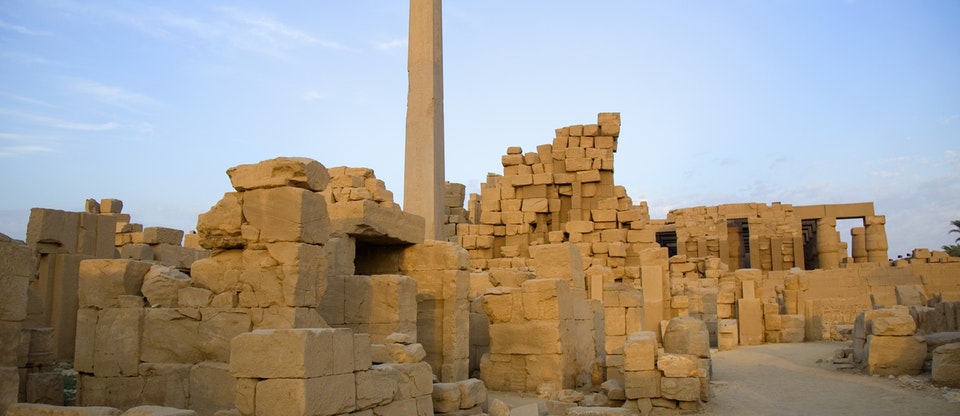
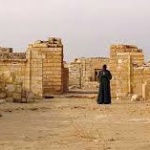
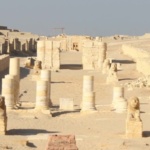
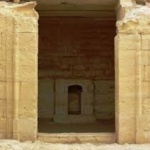
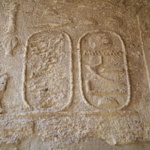
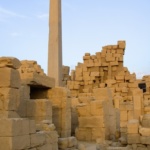
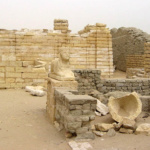
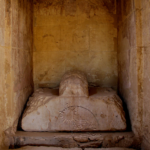
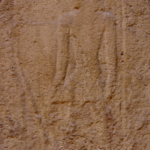
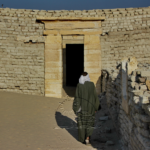
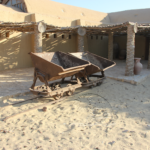
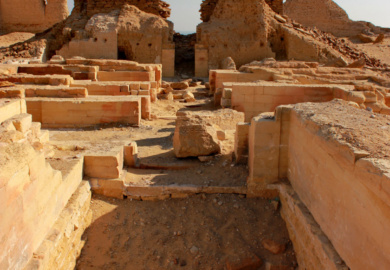
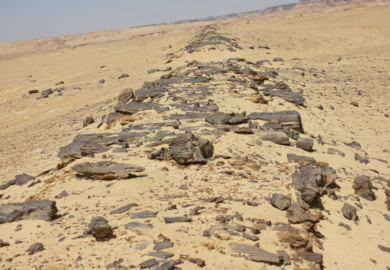

Facebook Comments